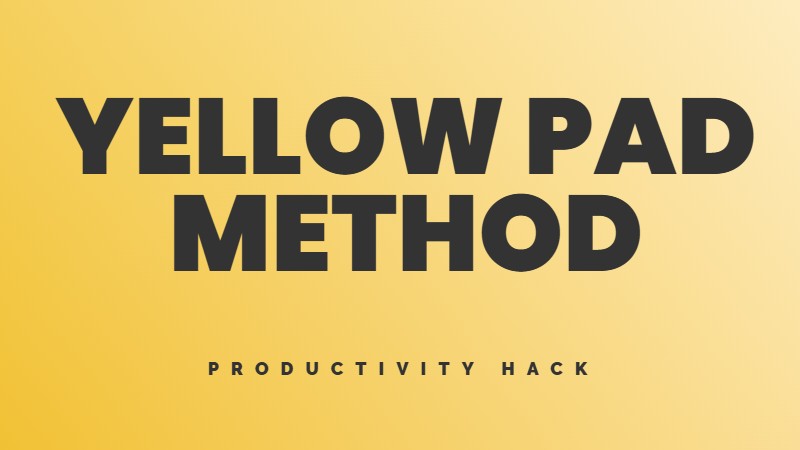Common misconceptions about learning
Numerous myths and misconceptions about learning persist. These unfounded beliefs can hinder your progress and limit your potential. This article aims to shed light on some common learning myths, providing evidence-based insights to help you study more effectively.
Myth 1: You have a specific “learning style”
One of the most pervasive myths in education is that individuals have a dominant learning style (visual, auditory, kinesthetic, etc.) and learn best when instruction caters to it. Based on the VARK model, this concept suggests that people fall into distinct categories of learners.
Reality: Research does not support the existence of fixed learning styles. While people may have preferences, there is no evidence that matching instruction to a supposed learning style improves outcomes. Instead, using various methods based on the context and complexity of the material is more beneficial.
Myth 2: Multitasking increases productivity
Many people believe they can perform multiple demanding tasks simultaneously, leading to increased productivity.
Reality: Our brains cannot truly multitask. Instead, we rapidly switch attention between tasks, which increases mental workload and decreases performance. Studies show that focusing on one task at a time is generally more productive.
Myth 3: Cramming is an effective study method
Last-minute, intense studying sessions are common among students preparing for exams.
Reality: While cramming might help you pass a test, it’s not an optimal strategy for long-term learning. Research indicates that spaced repetition and active learning techniques are more beneficial for retaining information over time.
Myth 4: Intelligence is fixed
Some believe that our intellectual capacity is unchangeable and determined at birth.
Reality: Intelligence is dynamic and can be influenced by various factors throughout life, including education, experiences, and environmental factors. Adopting a growth mindset can lead to continuous learning and development.
Myth 5: We only use 10% of our brains
This popular myth suggests that our brains have vast, untapped potential.
Reality: Neuroimaging studies show that we use most of our brain most of the time. Different regions are active for various tasks, and our brains constantly work, even during sleep.
Myth 6: Attention spans are shrinking dramatically
A widely circulated claim suggests that human attention spans have become shorter than a goldfish’s.
Reality: This comparison is unfounded. Human attention is complex and varies depending on the task and individual factors. While digital distractions can impact focus, our ability to sustain attention has not drastically declined.
Myth 7: 10,000 hours of practice guarantees mastery
Popularized by Malcolm Gladwell’s book “Outliers,” this idea suggests that 10,000 hours of practice in any field leads to mastery.
Reality: While practice is crucial for skill development, the “10,000-hour rule” oversimplifies. The quality of practice, individual differences, and the specific domain all play significant roles in achieving expertise.
Myth 8: Mistakes are always bad
Many people believe that making mistakes negatively affects one’s intelligence or ability.
Reality: Mistakes are an integral part of the learning process. They provide opportunities for growth, reflection, and improvement. Embracing mistakes can lead to more resilient and adaptive learning.
Myth 9: Left-brain vs. right-brain dominance determines abilities
Many believe that people are either “left-brained” (logical, analytical) or “right-brained” (creative, artistic), which determines their skills and talents.
Reality: Neuroscience shows that both brain hemispheres work together for most tasks. While some functions are more associated with one side, the brain operates as an integrated whole. People can excel in both analytical and creative pursuits regardless of supposed hemispheric dominance.
Myth 10: Learning becomes harder as we age
A common belief is that our learning ability significantly declines after a certain age, making it difficult for older adults to acquire new skills or knowledge.
Reality: While some cognitive functions may change with age, our brains retain plasticity throughout life. Older adults can continue to learn and even have advantages in some areas due to their wealth of experience and knowledge. Staying mentally active can help maintain cognitive function as we age.
Conclusion
Dispelling these common learning myths can help us approach education with a more informed and empowered perspective. Understanding the complexities of learning and cognition allows us to adopt evidence-based strategies that enhance our ability to acquire and retain knowledge.




Lämna feedback om detta